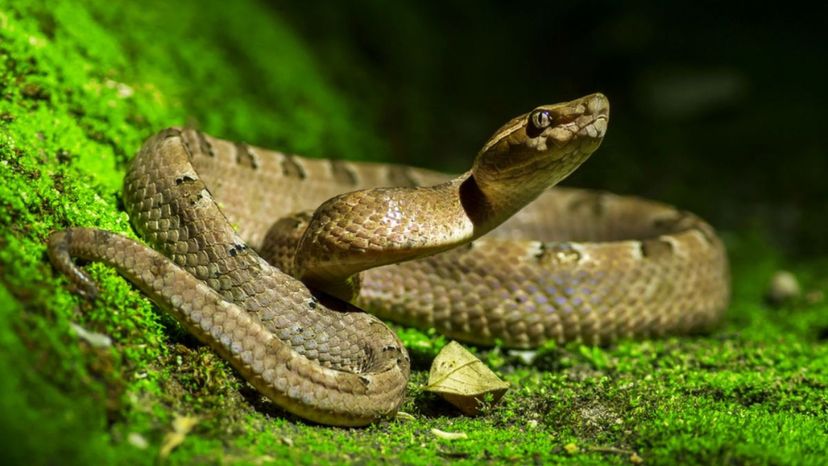
About This Quiz
Snakes: the stars of horror movies, villains in Disney movies, and even a central character in the Bible. They are usually depicted as sinister, wily, and aligned with the bad guys. They make up lies, they give bad advice and they're greedy. Bad guys even turn into them sometimes, turn other objects into them, or send them to do their evil bidding. Very rarely do you ever see a snake that is working for the forces of good.
Of course, in reality, snakes aren't any of those things. They're just trying to get by, and rarely attack a human, even more rarely other than in self-defense. However, that doesn't mean they can't do a lot of damage when they put their minds to it. There are over 600 species of deadly snake, that live across six continents, and on land, in trees, and in the water. Snakes kill thousands of people per year, most of them in environments where there is relatively little access to medical aid.Â
Given how dangerous they can be, knowing a little about snakes can save your life. So let's find out whether you have the chops to stay safe if you do find yourself in a vipers' nest!
Advertisement
Advertisement
Advertisement
Advertisement
Advertisement
Advertisement
Advertisement
Advertisement
Advertisement
Advertisement
Advertisement